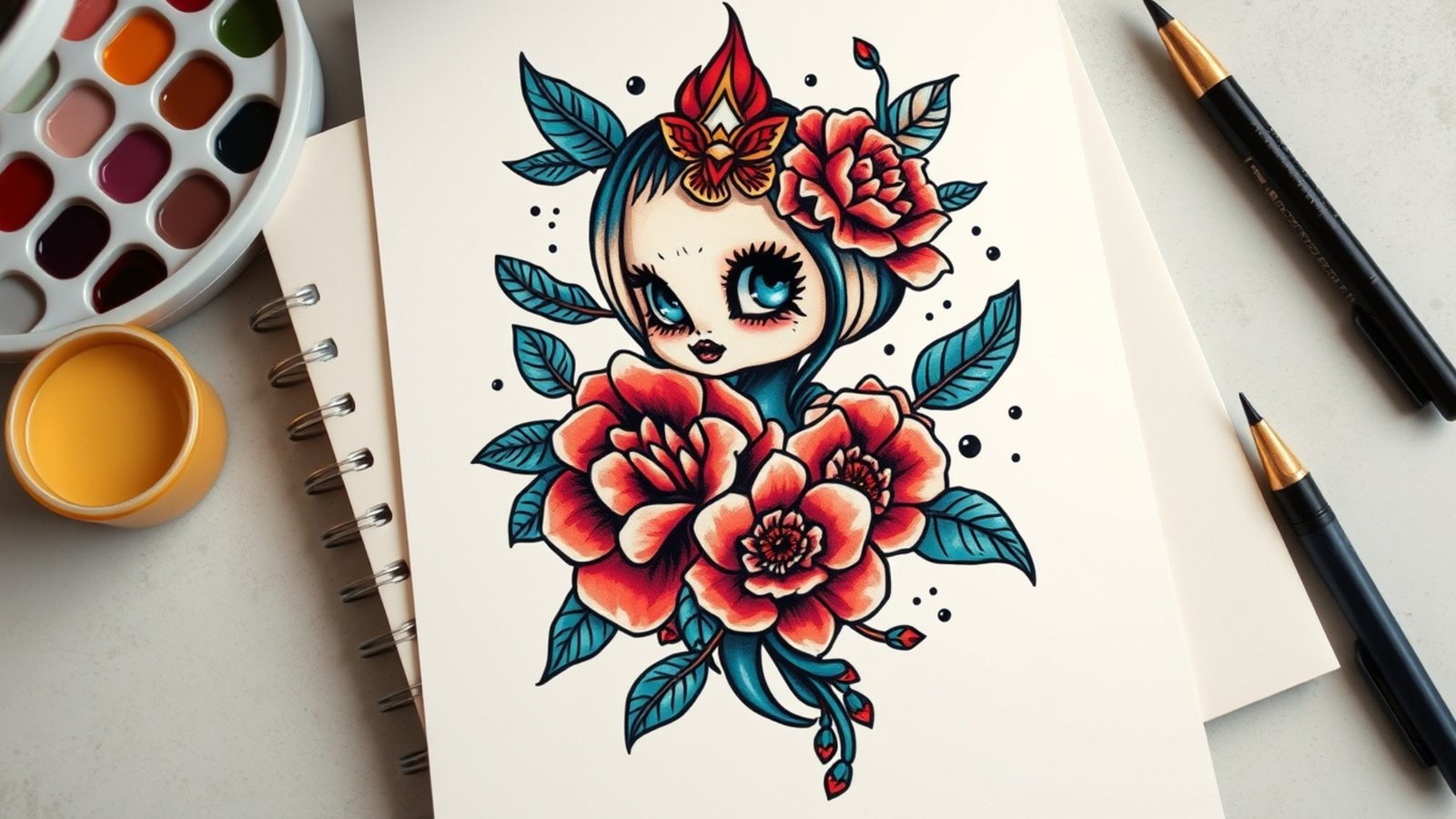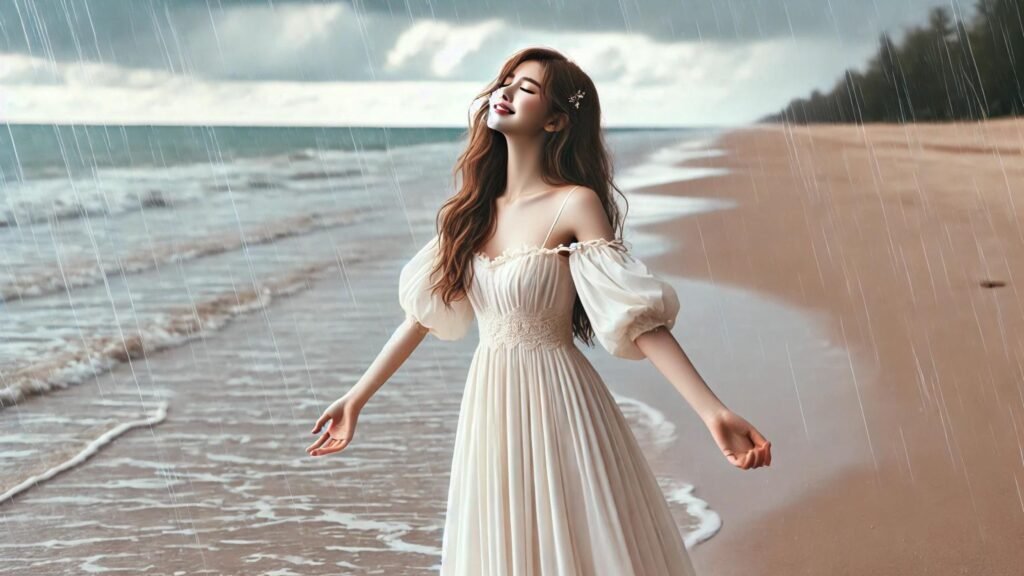
What is an Art Journaling?
Art journaling is a unique and deeply personal way to combine art and writing. It’s essentially a visual diary where creativity meets introspection. Whether you’re an artist or a beginner, art journaling is accessible to everyone because it has no rules to follow, more like a go-with-the-flow type of journaling. It’s all about self-expression, offering a safe space to explore your thoughts, feelings, and imagination through a mix of words, images, colors, patterns and whatever else you want to use.
What Does Art Journaling Look Like?
Art journals are as varied as the people who create them. Some are filled with intricate designs and bold colors, while others lean more on written reflections with simple sketches. Pages may feature layers of mixed media, such as watercolors, acrylics, collage materials, stamps, or pressed flowers. Some journals are neat and planned, while others are messy and experimental. The beauty of art journaling lies in its flexibility — it’s about creating pages that resonate with you, even if they don’t feel “finished.”
For example, imagine a journal page featuring a watercolor sunset. The creator might layer this with a handwritten quote about hope or add texture by gluing scraps of paper and fabric. This page could represent a moment of peace or a reminder to embrace optimism.
Why Do People Art Journal?
Art journaling is more than just a creative outlet — it’s also a form of self-care. Here are some reasons why people turn to art journaling:
- Emotional Processing: For many, art journaling is therapeutic. It provides a nonjudgmental space to explore and express emotions that may be difficult to put into words. Creating can be cathartic, helping you release stress or work through challenges.
- Mental Health Benefits: Studies show that creative activities like art journaling can improve mental health by reducing anxiety and fostering mindfulness. The act of journaling helps you stay present, while the vibrant colors and patterns can lift your mood.
- Skill Development: Art journaling also hones artistic skills. Experimenting with new tools, techniques, and styles can lead to personal growth as an artist. Beginners might discover talents they didn’t know they had.
- Self-Discovery: Reflecting through art and words can deepen your understanding of yourself, your goals, and your desires. It’s a visual way of journaling your life’s journey.
How to Start Art Journaling
Getting started is simple and doesn’t require expensive supplies. Follow these tips:
- Choose Your Journal: Select a size that feels comfortable. A smaller journal is portable, while a larger one gives you more room to experiment.
- Gather Supplies: Use what you have — pencils, markers, paint, or collage materials.
- Make It a Habit: Daily or weekly entries can help you maintain momentum. Review past pages to track your emotional or artistic growth.
- Embrace Imperfection: The goal isn’t perfection — it’s self-expression. Even unfinished pages hold meaning.
Example of Art Journaling

The above art journal entry captures the blend of creativity and emotion that makes art journaling so special. Each element was chosen with care to reflect both aesthetic appeal and personal meaning.
Title: Faith, Hope, Love
Page Description:
This art journal page reflects the theme of positivity and spiritual grounding, combining delicate floral illustrations with handwritten affirmations. The layout maybe simple but extremely meaningful, emphasizing nature’s beauty and the uplifting power of faith, hope, and love.
Materials Used:
- Vintage botanical prints
- Hand-torn kraft paper
- Washi tape in soft, muted tones
- Black ink pen for handwritten text
- Minimalist dotted journal as the base
Process:
- Background Layout:
Emily Park started by arranging the floral prints across the page. Her designs include lavender, citrus blossoms, and roses, chosen for their symbolism of peace, growth, and beauty. She teared pieces of kraft paper and then she layered them behind the prints for depth and texture.
- Affirmations:
Then she added handwritten words like faith, hope, and love using a black ink pen in elegant, flowing cursive. She made sure that her words served as anchors for the page’s theme, offering a meditative focus.
- Scripture Reference:
Then she writes “Do everything in love” – 1 Corinthians 16:14 from the New Testament as a gentle reminder of spiritual inspiration. She positioned it in the center for emphasis.
- Adhesive Details:
She also used soft-colored washi tape to secure the illustrations and papers, leaving some edges free for a natural, imperfect touch.
- Final Touches:
Lastly, she added minimal line art sketches of flowers for extra personalization and balance.
Reflection:
This page seems to have been created during a quiet morning of reflection. It represents a strong desire to stay grounded in faith and optimism, even during challenging times. The floral imagery reminds us of life’s delicate and enduring beauty, while the words serve as a gentle affirmation of what truly matters to us as a human being.



